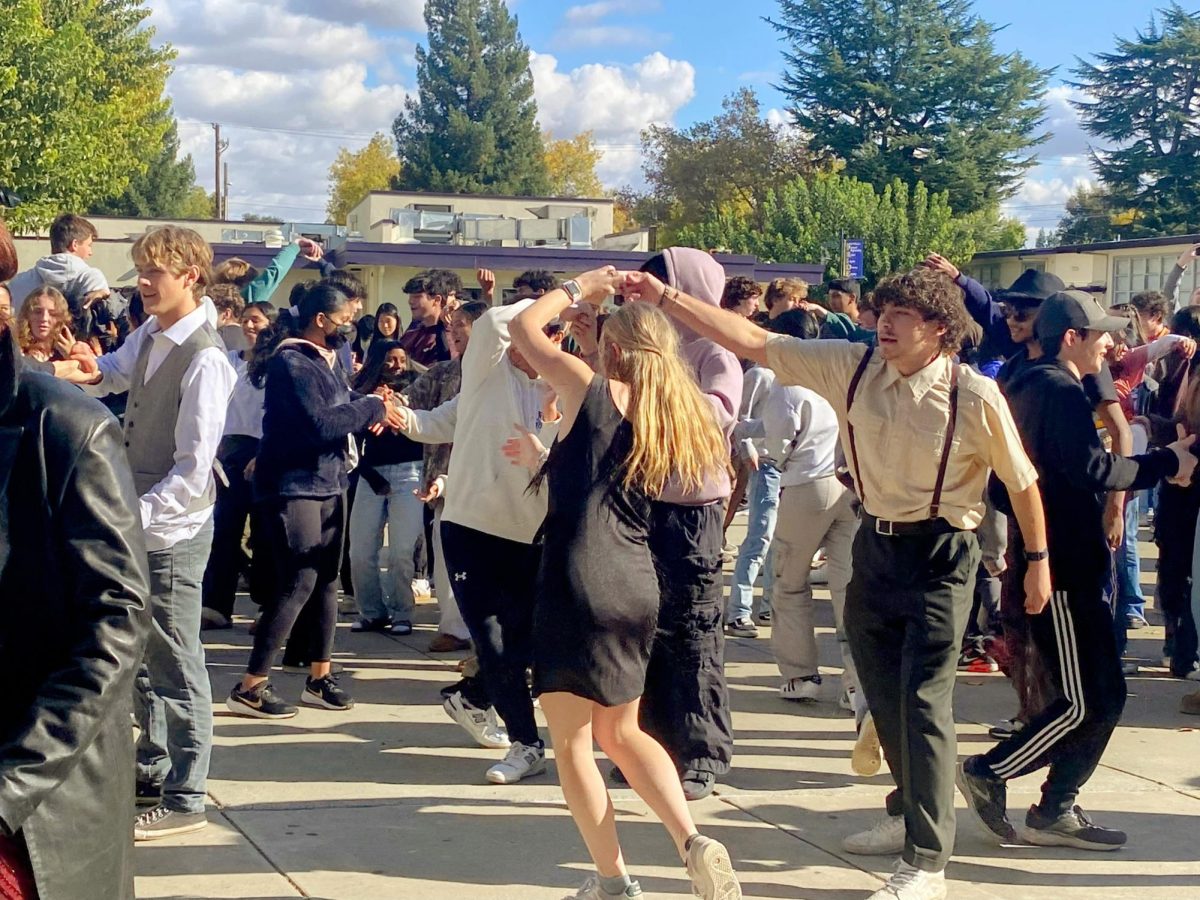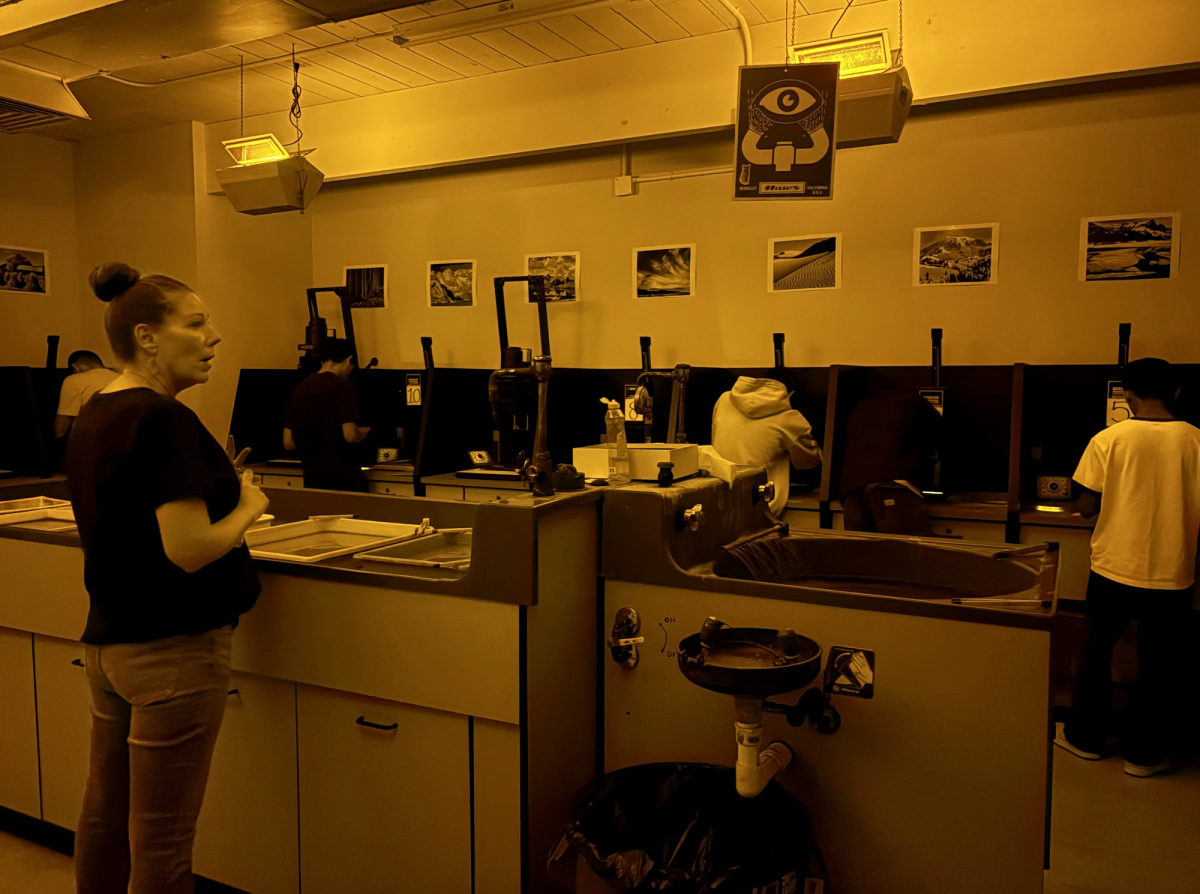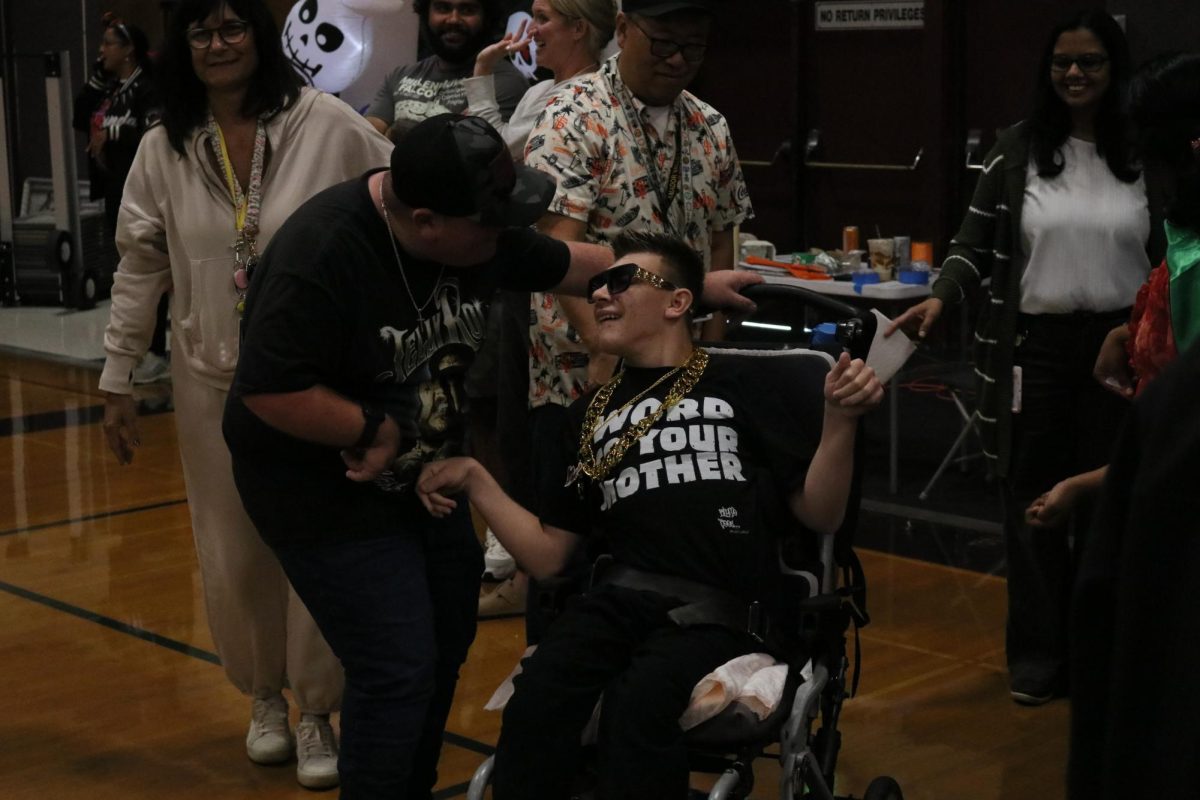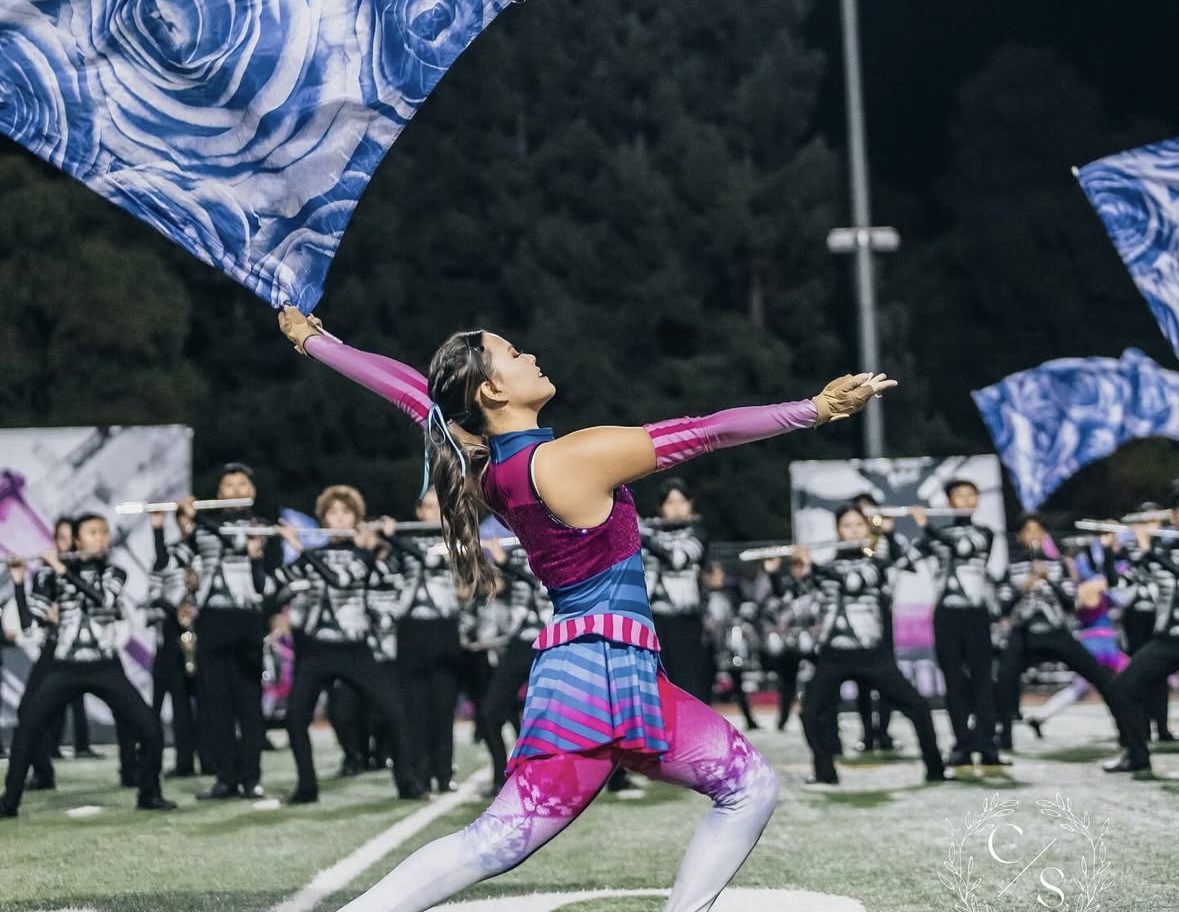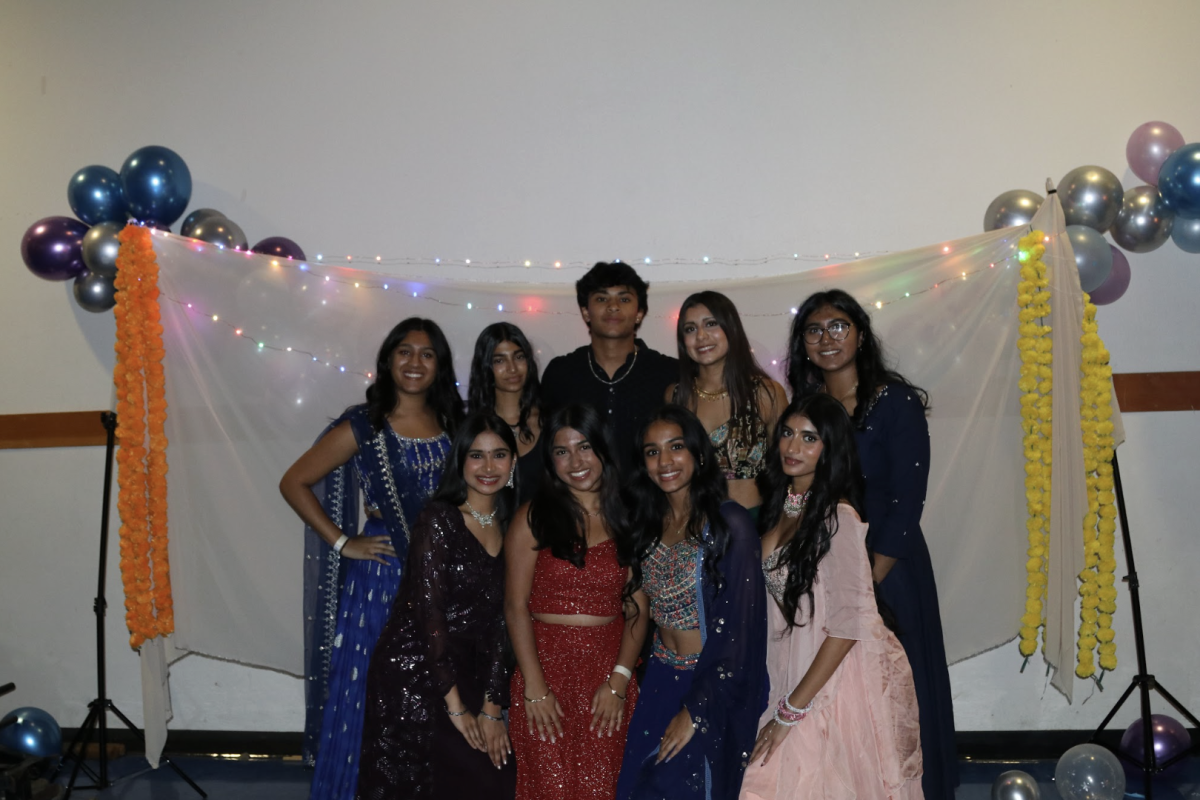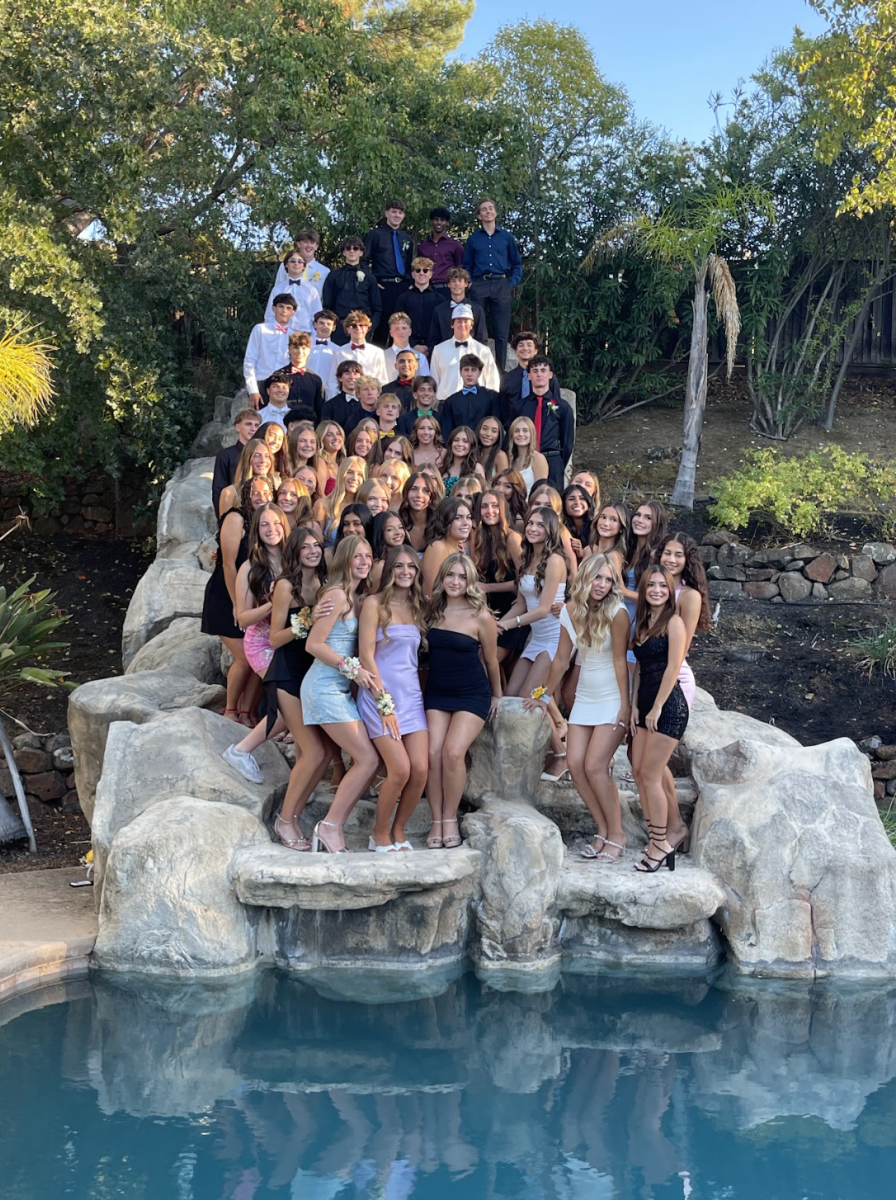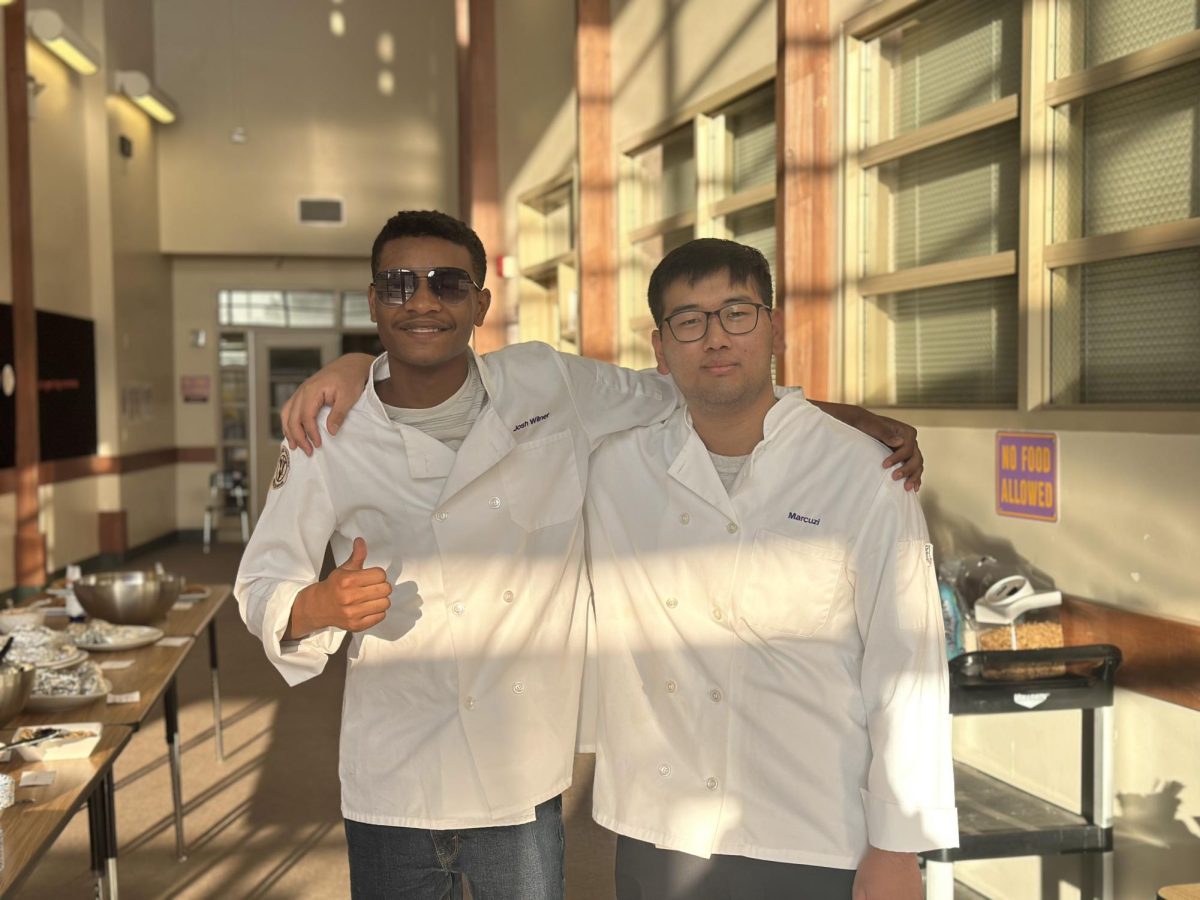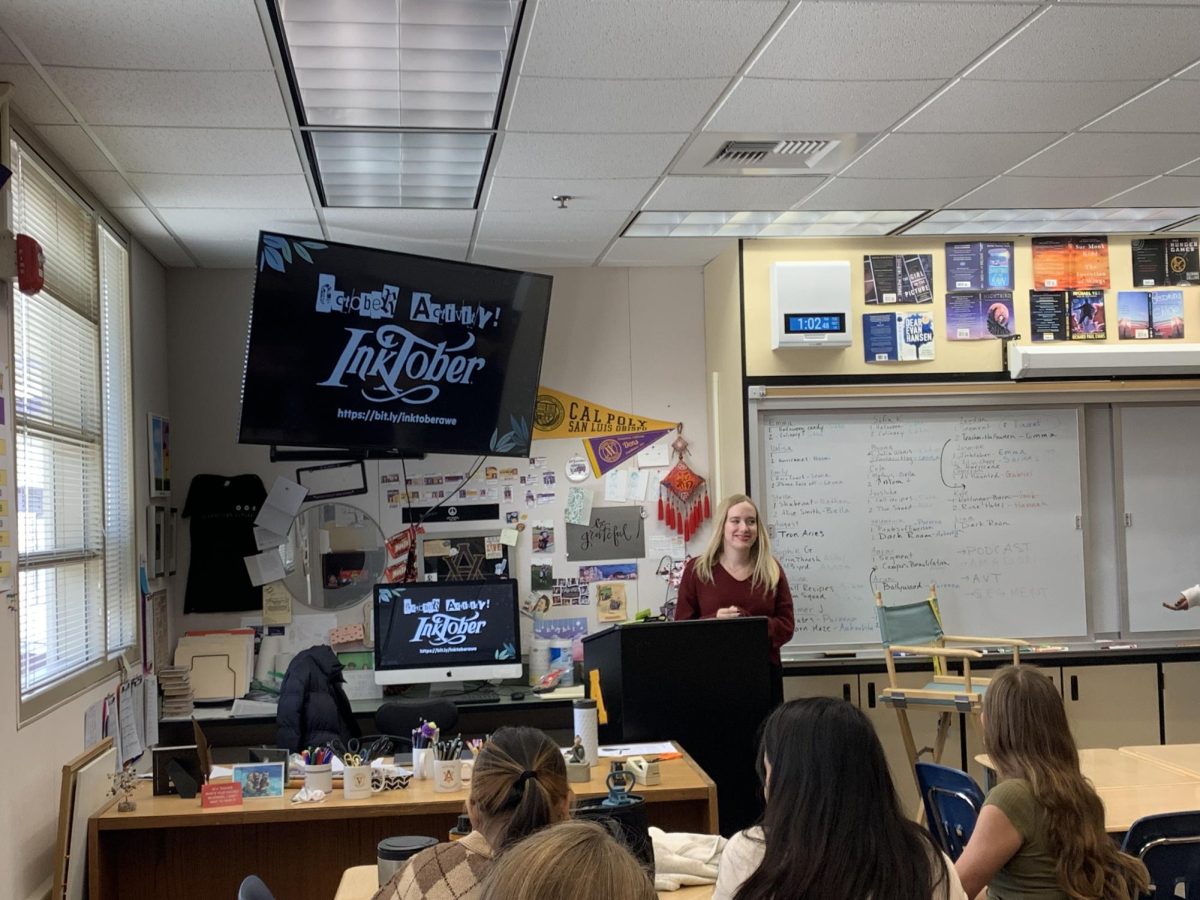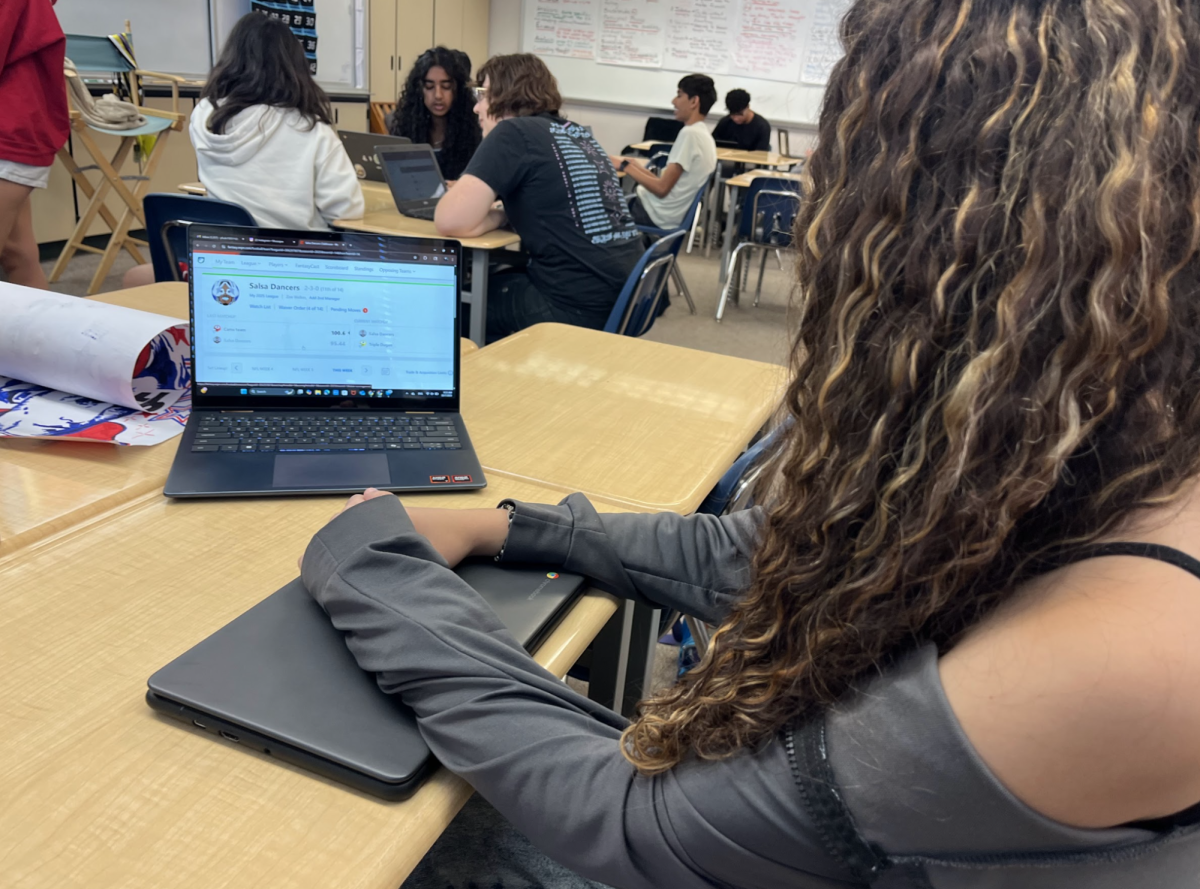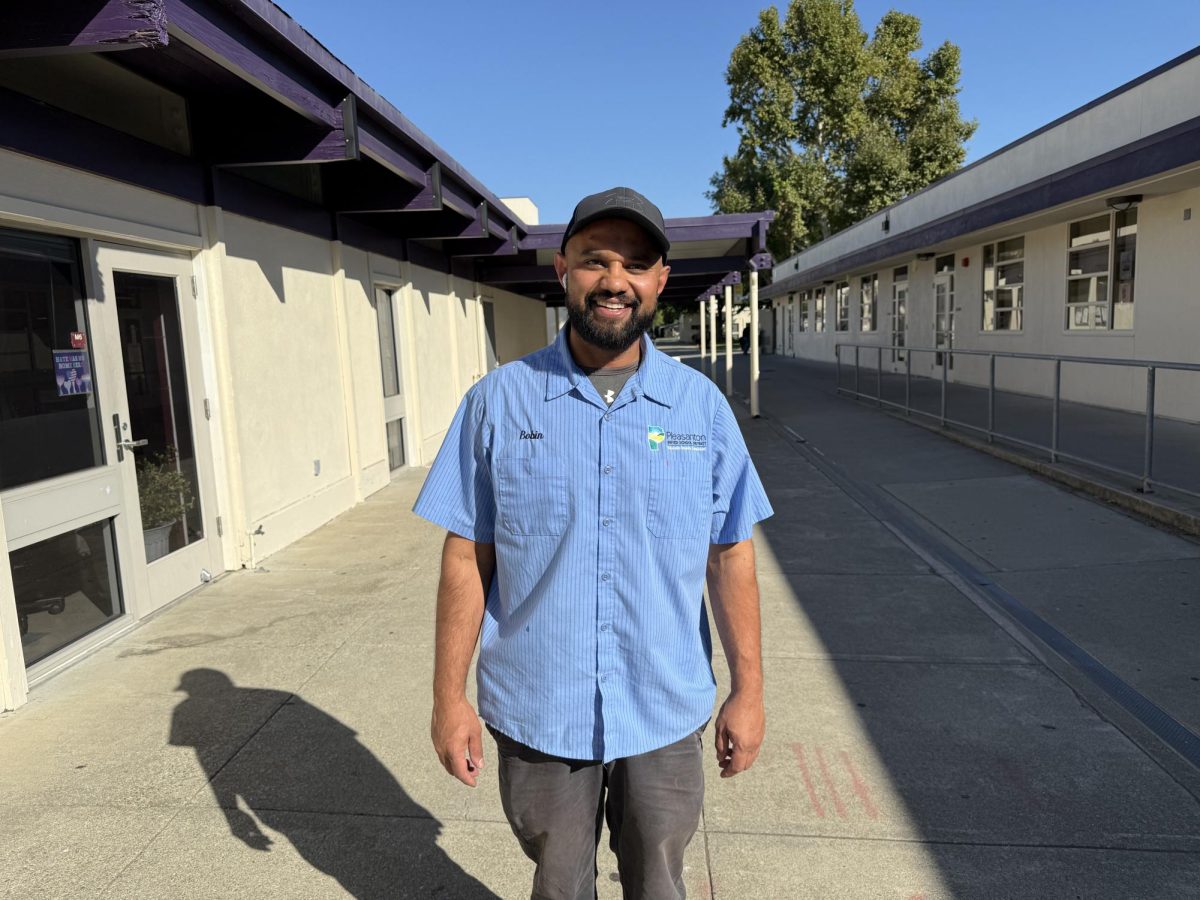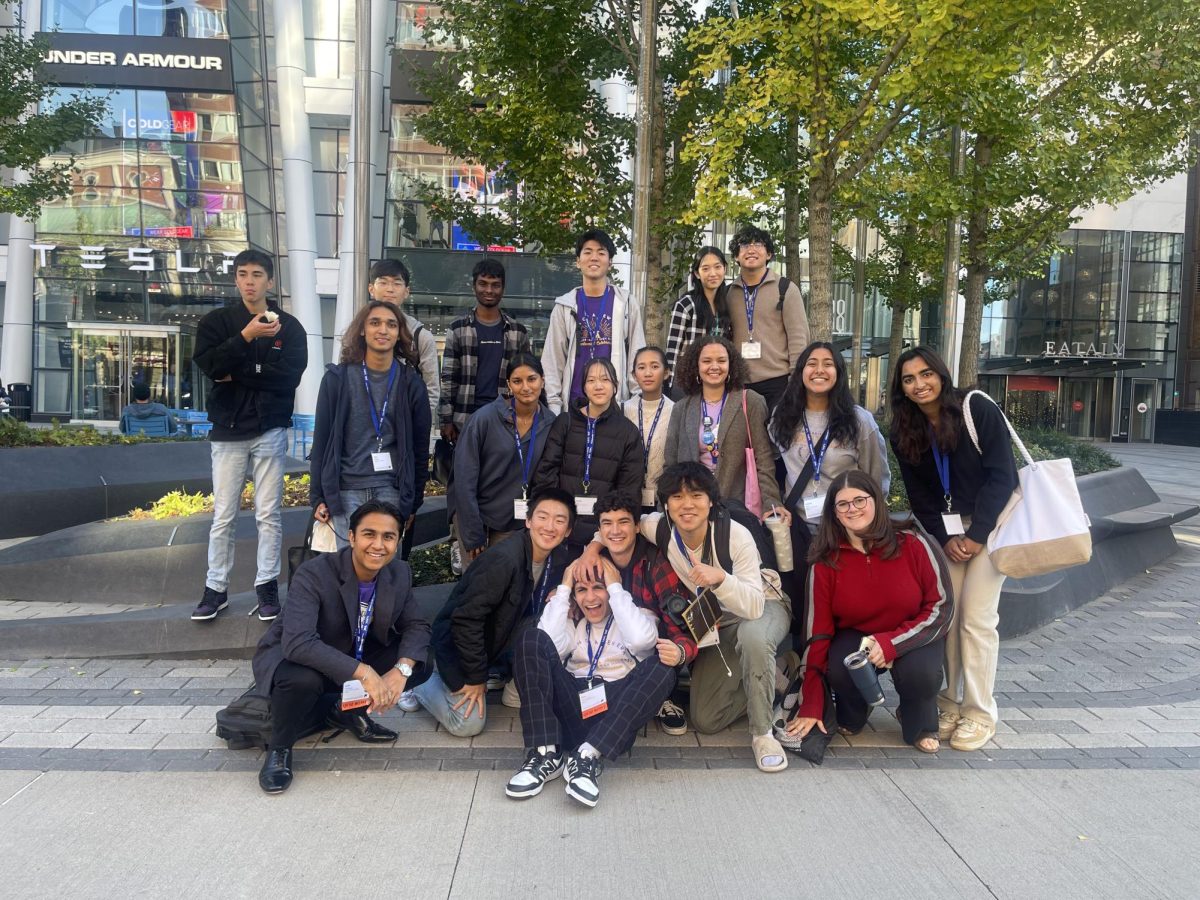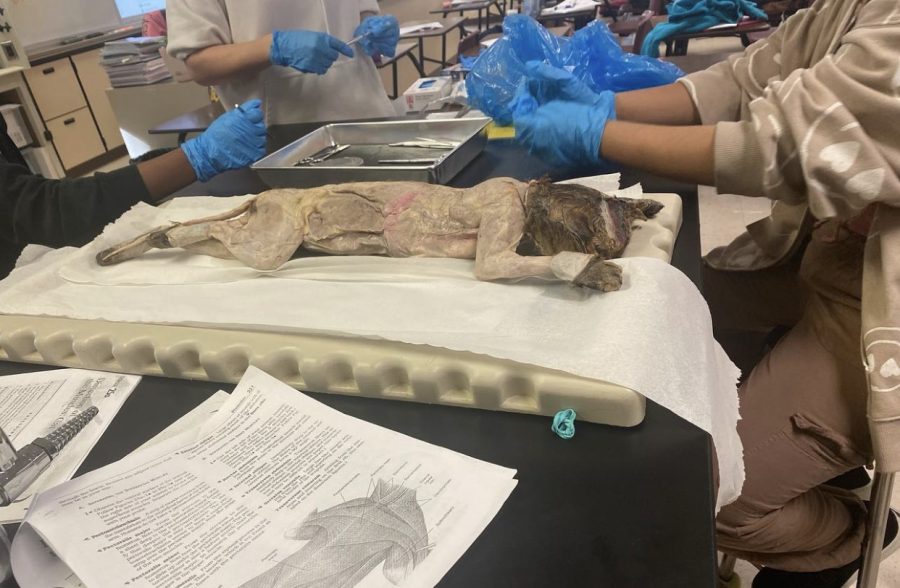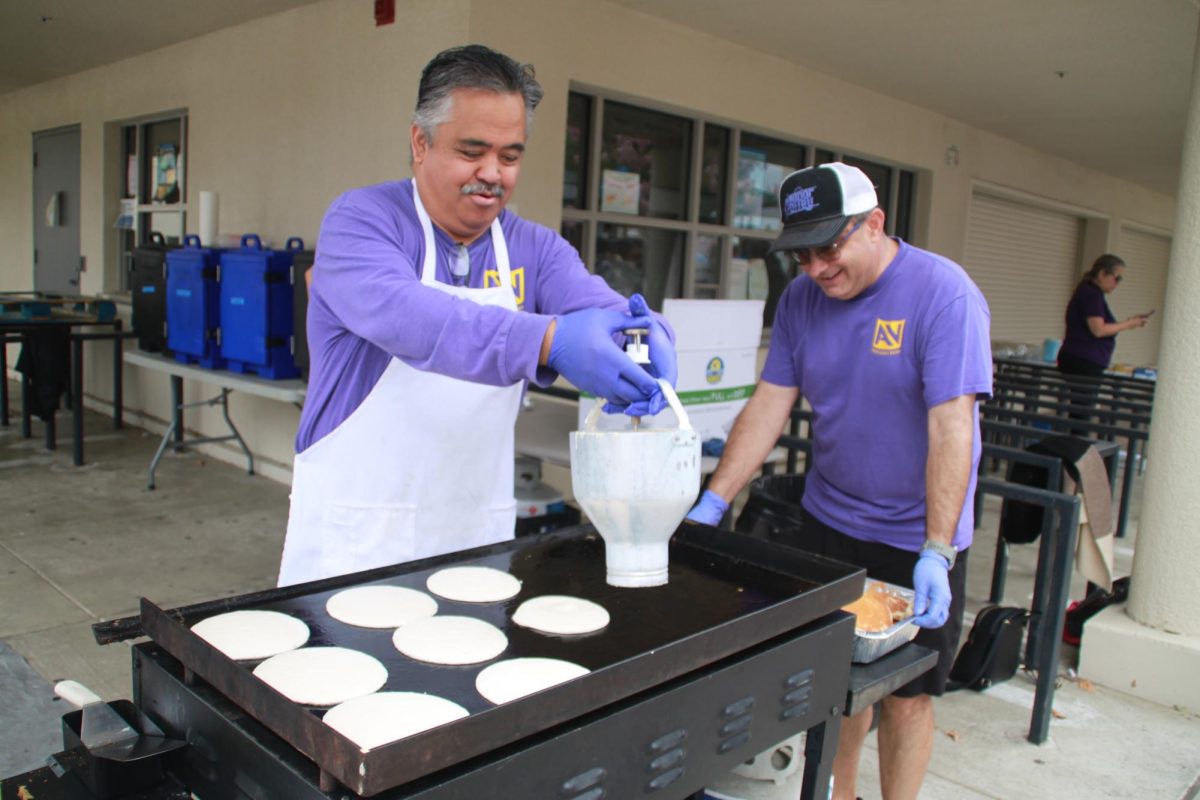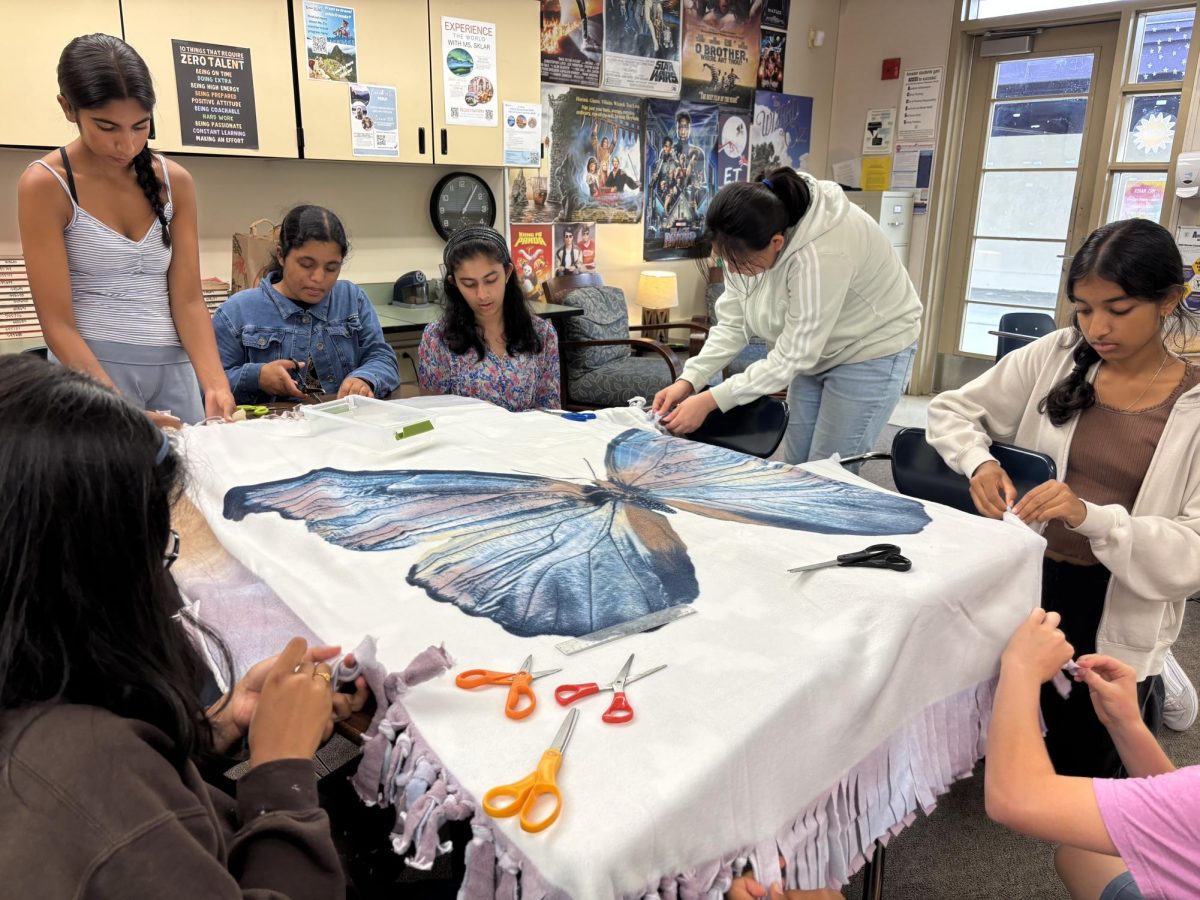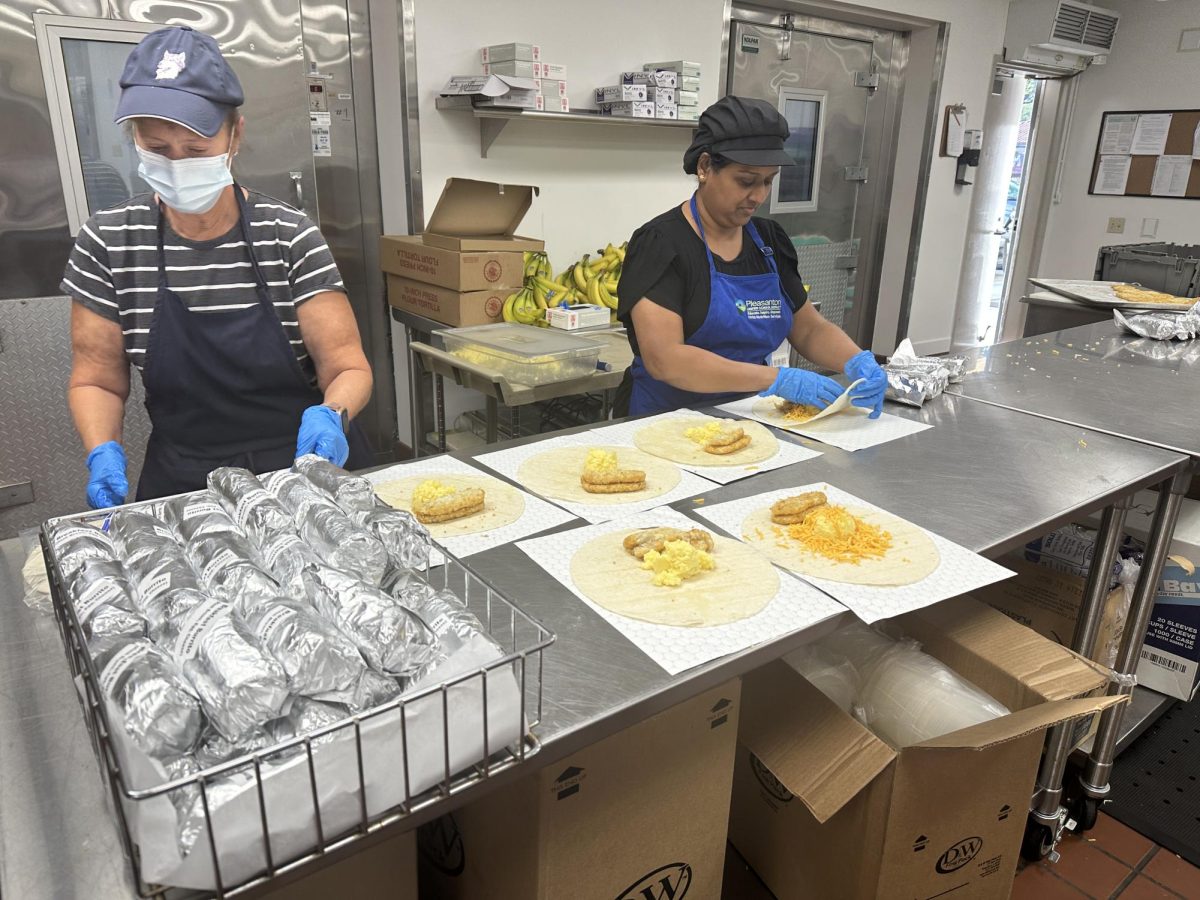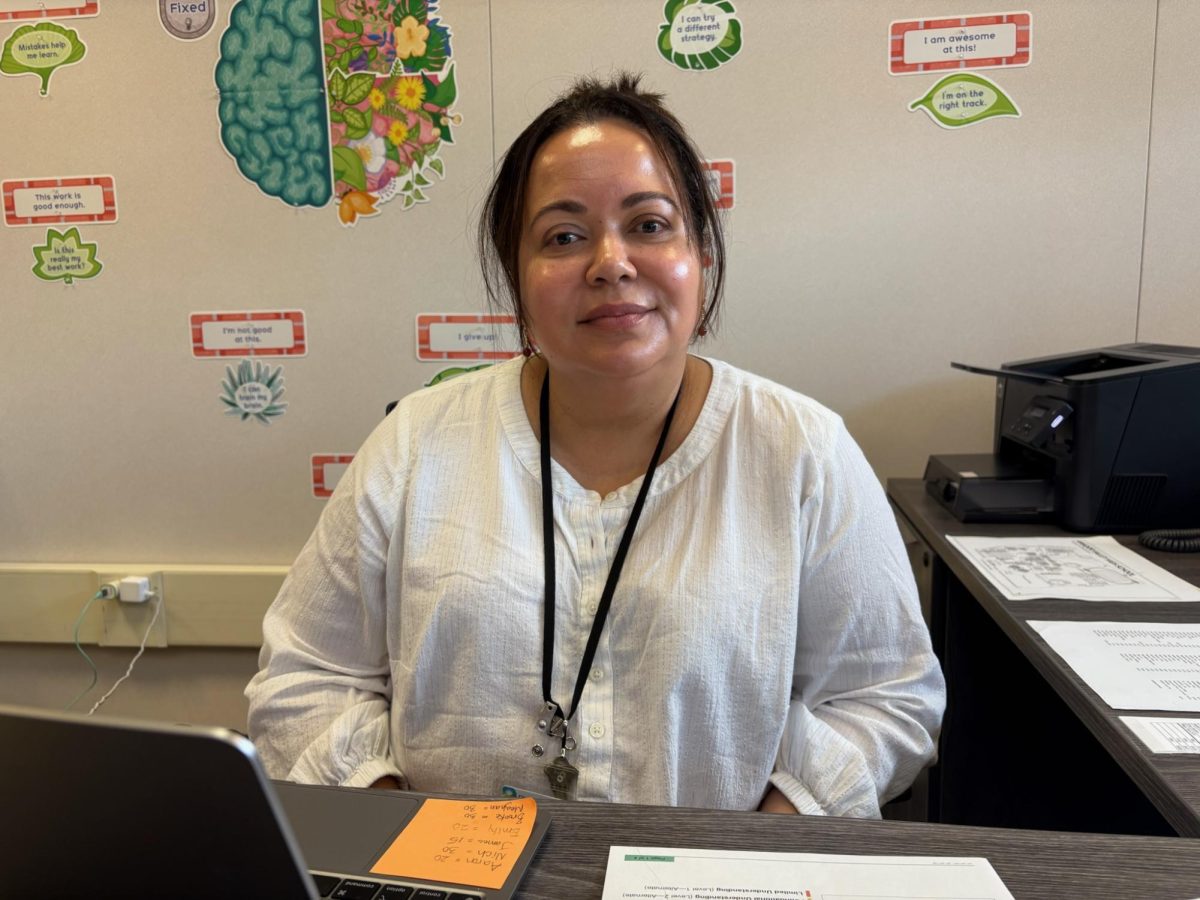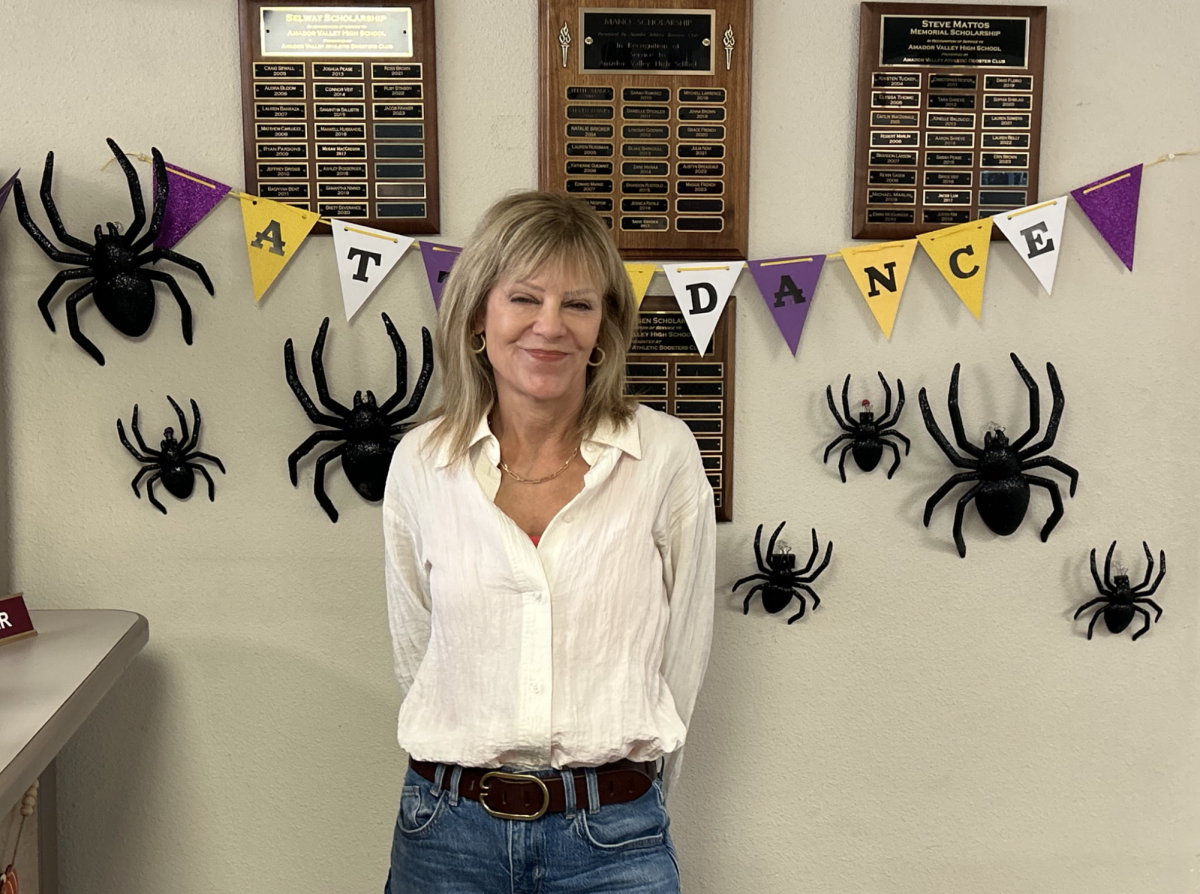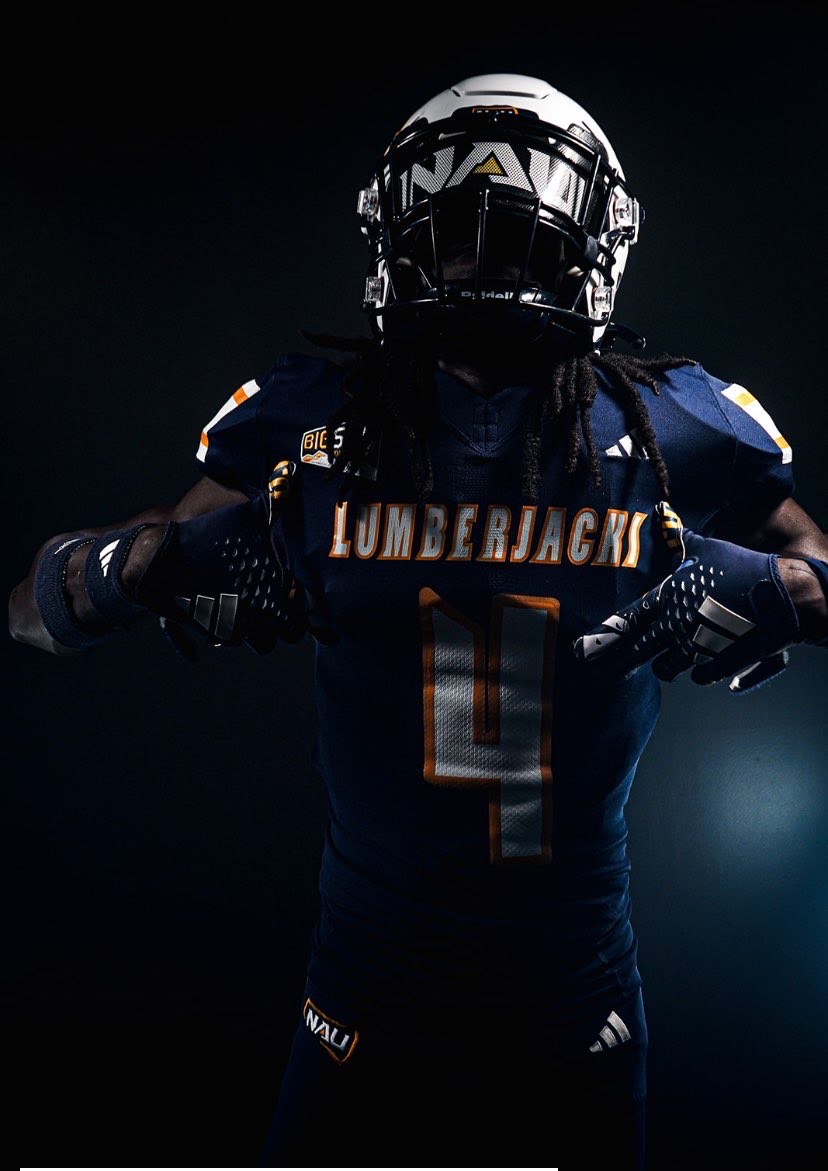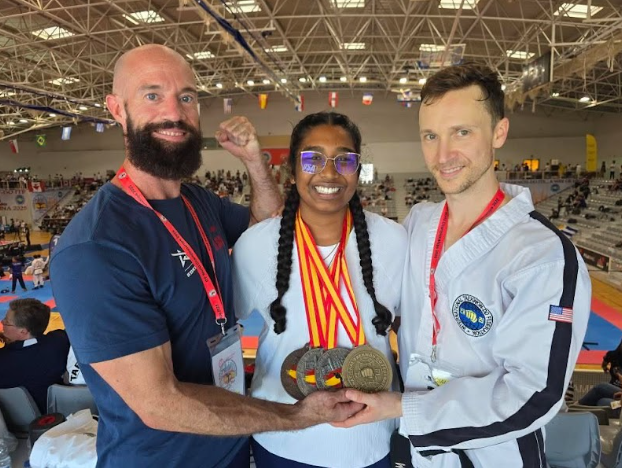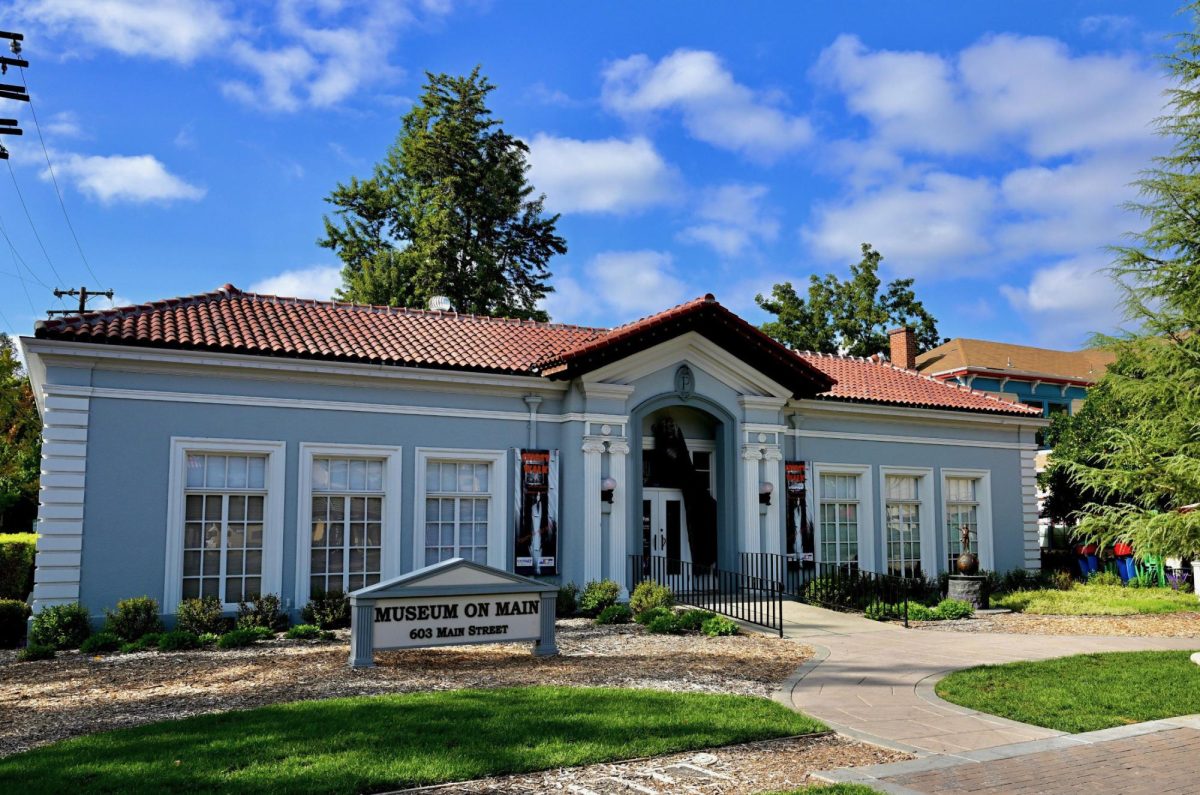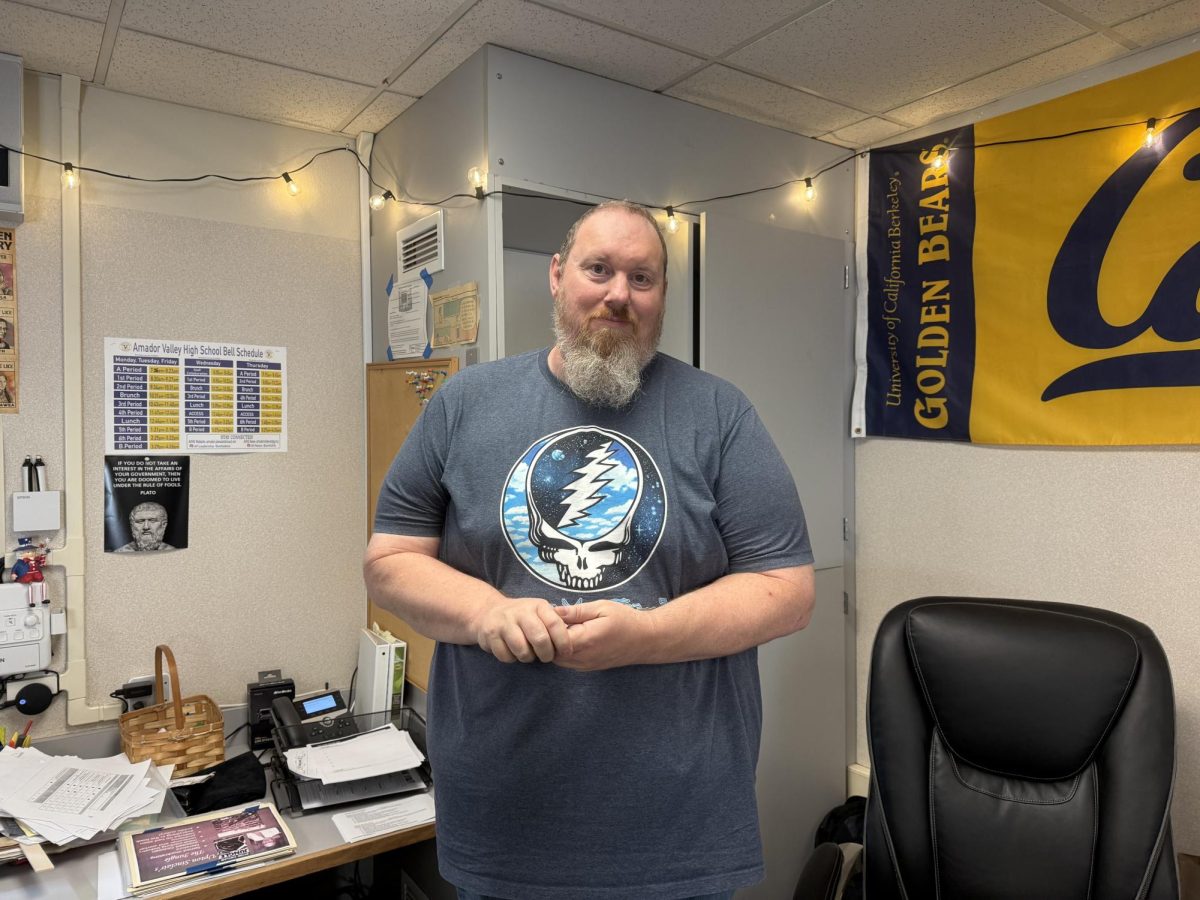Step back into the Roaring Twenties–a time of jazz, flappers, and bold self-expression. On Nov. 15, the junior class dazzled the school with an exciting performance of the Charleston dance, a 1920s sensation known for its upbeat tempo and energetic steps.
History
Originating in African American communities from Charleston, South Carolina, the dance quickly rose to fame after appearing in the 1923 Broadway show Runnin’ Wild. Its rich cultural influences from Ghana and Nigeria played a significant role in shaping its iconic style, making it a prominent symbol of the era’s rebellion against social norms.
“I think it definitely captures an attitude of the 20s. It was culturally uproaring and with the Harlem Renaissance and everything, I feel like the Charleston sort of embodies [that] lively feeling,” said Adithi Viswanathan (‘26).
The Growth of the Charleston Tradition
At Amador Valley, the Charleston tradition has grown from a simple classroom activity into a memorable school event with nearly 300 juniors participating. This year, students eagerly learned the lively steps, creating a fun connection to history and school spirit.
“The Charleston dance I think started in 2005. We used to do a thing, a Great Gatsby picnic. And we used to do this, and all of a sudden, it’s like, why don’t we teach the Charleston?” said U.S. History teacher Thomas Daldorf.
This simple idea quickly blossomed into an annual event, blending history, creativity, and school spirit for both students and teachers alike. Teachers and students agreed that the experience goes beyond history—it builds excitement and engagement in learning.
“These are things that kids relate to, [which] makes them excited. It’s different from just being in the classroom… makes it memorable, makes it fun for us,” said Daldorf.
Student Perspectives
Students shared similar sentiments, appreciating both the fun and challenges of learning the dance.
“It was pretty challenging at first, but after a few run-throughs, I mostly knew what to do. My favorite part was dancing with a partner because it was fun to try and keep up together,” said Jeremy Light (‘26).
Some students had the opportunity to choreograph parts of the dance, giving many a chance to express themselves and work together, while also adding to the experience.
“Well, I choreographed some parts of the dance and I felt that the dance was pretty easy overall, but teaching it was a really hard part, [but] I think we had a lot of fun learning the Charleston, like the step itself,” said Viswanathan.

